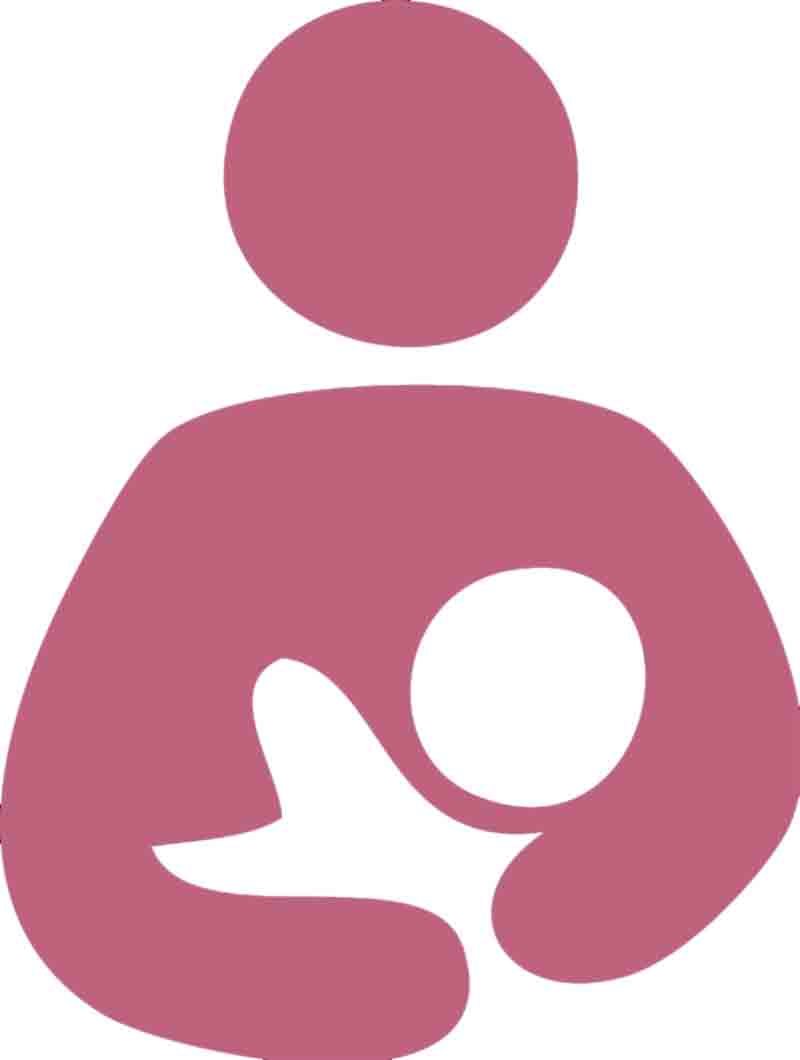What Does Breastfeed on Demand Mean

Breastfeeding is the normal, natural and healthiest way to feed babies. The World Health Organization (WHO) and numerous national and international scientific organizations (including the Spanish Association of Pediatrics) recommend and encourage exclusive breastfeeding the first six months of life and, continue with breastfeeding on demand, along with other foods, up to 2 years or more, depending on the child and the mother’s desire.
We tell you everything you need to know about breastfeeding on demand.
What is breastfeeding on demand?
Until not long ago, the belief that the baby needs to take its mother’s breast 20 minutes from each breast (every three hours) to obtain the necessary food to cover its needs was widespread among mothers and professionals. Sadly still today, this recommendation continues to be heard from time to time.
These recommendations are made thinking that breastfeeding only covers the baby’s nutritional needs, but breast milk is much more than food. This offers many advantages for the physical and mental health of the mother and child, as well as many scientific studies.
Breastfeeding has to be on demand. This means that the baby should be offered when the baby asks for it and for as long as he wants until he releases it spontaneously. That is, breastfeeding on demand is breastfeeding without schedules or duration times.
Benefits of breastfeeding on demand for mother and baby
Thanks to breastfeeding on demand, the production of milk is regulated according to the needs of the child, ensures the intake of milk at the beginning and end of the intake, whose composition is different, and a good emptying of the breast is achieved, avoiding excessive milk accumulation that can cause engorgement and mastitis (problems that often cause breastfeeding to fail). With the feeding on demand we get:
- An adequate weight gain of the baby (since when emptying the breast, it can reach the most fatty portion of the milk, which satisfies and helps it to gain weight )
- Proper regulation of milk produced by the mother and the need for her son (is the baby who marked according to your need at every moment. The quantity of milk produced by her mother, and at the peaks or growth spurts, which you need more calories and nutrients the baby will breastfeed more often)
Many children, in addition to food, seek comfort in their mother’s breast. A baby who cries and demands to be breastfed needs his mother. Delaying unnecessarily the time of the shot causes avoidable suffering for both the baby and his mother.





